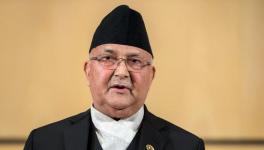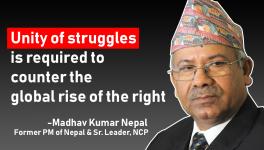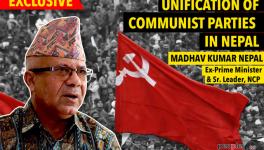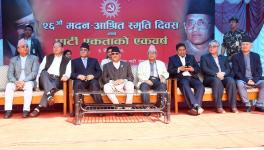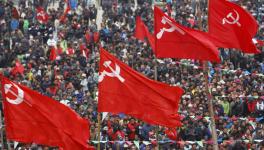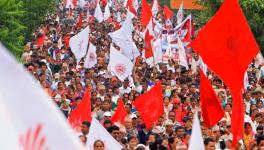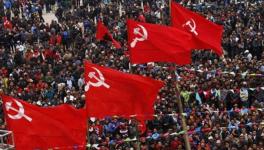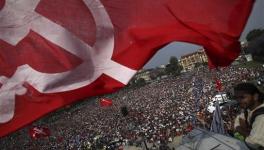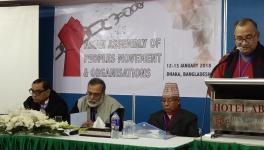Merger of Communist Parties Marks a New Beginning in Nepal
May 17, 2018 marked a key day in the history of Nepal as the two biggest communist parties in the country - the Communist Party of Nepal (Unified Marxist-Leninist) (CPN-UML) and the Communist Party of Nepal (Maoist Centre) (CPN-MC) - merged to form the Nepal Communist Party. The announcement came after months of deliberation and debates on unifying the party along ideological and practical lines. The merger has brought great cheer to the members of the parties, as well as allied movements and individuals, who overwhelmingly voted for the Left Alliance comprising the two organizations that came into power in December 2017. The alliance bagged a nearly two-thirds majority in the Parliament and with this merger, the party will rule six of the seven provinces in the country.
The final decision was accompanied by the members of the new party taking an oath under the Prime Minister of Nepal and the Chairman of the erstwhile CPN-UML, Khadga Prasad Sharma Oli. Oli and Pushap Kamal Dahal, the chairman of erstwhile CPN-MC, announced the decision together after the oath. Oli and Dahal will serve as co-chairmen of the new party. The NCP will have a Central Committee of 441 members (241 from the CPN-UML and 200 from the CPN-MC) and a Standing Committee of 43 members. The Politbureau will consist of 9 members and the election party symbol of the new party will be the sun (previously used by the CPN-UML). The announcement date was also significant for the party and its cadre as it is commemorated by communists in the country as Madan-Ashrit memorial day. The day marks the death of two of the champions of the communist movement in the Himalayan republic - the former General Secretary of CPN-UML, Madan Bhandari and the Organization Department Chief, Jivraj Ashrit, in a road accident in 1993.
Marxism-Leninism will be the party’s guiding ideology. Party sources said this choice would give the party the required ideological base to deal with the imperialist forces that have already tried to dismantle the regime. It will also serve as a stern answer to the right-leaning forces within the country, which tried to pitch the left parties against each other for almost 10 years in Parliament, they added.
The ideological differences that had earlier been a barrier to the merger have been democratically resolved and a consensus has been reached. The unified party will prepare its interim political report and interim party statute. It will strengthen nationalism, democracy and social justice and work for a new economic transformation.
The merger of the parties raises the hope that for the first time since Nepal became a parliamentary democracy in 1990, a government will be able to rule for a full five-year term.
This Left Alliance came to power in December promising a host of progressive measures building on earlier achievements. The latter include reserving a minimum of 33% seats in all government bodies for women and land reform. The alliance vowed to further the rights of the working class and the marginalised communities, raise the per capita income from a mere $862 per year to $5,000 a year and similar measures to bring about ‘Prosperity Through Stability’ - their motto during the polls.
“Communist parties in Nepal are the vanguard of the struggle of the masses”, said Madhav Kumar Nepal, the former Prime Minister of the country, in a discussion with Newsclick on the sidelines of the Asian Assembly of Peoples Movement and Organisations in Dhaka, Bangladesh.
The merger is likely to mark a new era in the politics of Nepal and will be a significant step in unifying forces that present a pro-people alternative to neoliberal policies.
Get the latest reports & analysis with people's perspective on Protests, movements & deep analytical videos, discussions of the current affairs in your Telegram app. Subscribe to NewsClick's Telegram channel & get Real-Time updates on stories, as they get published on our website.









